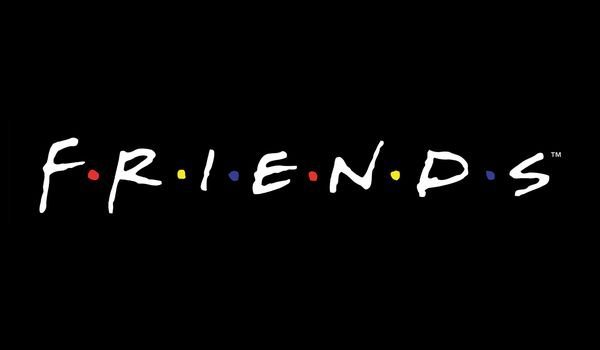Streaming is great, don’t get me wrong. It gives me the opportunity to choose the programs I want from a huge selection. If I’m feeling ambitious I might want to sample that new show everyone’s talking about, and if I’m feeling like comfort food then I might prefer delving back into an episode of a show I liked thirty years ago. Taken that way, an episode or two at a time, this kind of content works.
A serious study of bingewatching
It’s fair to say that many of us have become master bingewatchers in the last several months. The spring of 2020 turned into one big rainy day for much of the country. Unlike our collective childhoods, though, there’s been more to do than play Parcheesi and make paper airplanes.
To that degree, bingewatching has been an incredibly important part of our mental health. So many people have felt emotionally isolated that the blurring of minutes into hours that accompanies a good bingewatch has become welcome. Mindfulness is great in more normal times, but tuning in and tuning out seems to be the order of the day.
While you could choose to binge practically anything, there’s something almost magical about choosing a simple episodic program from another time. But the funny thing is that really, bingewatching most sitcoms doesn’t work well at all and ends up leaving you with a much worse opinion of the show than when you started.
No one told you life was gonna be this way
Take for example Friends. The show’s profile has been raised lately by its recent inclusion on HBO Max. Friends was one of the last really dominant sitcoms on broadcast TV, outlasting Seinfeld and others by several years. It was a show that we just took for granted, a show that we complained about and whined about but most of us still watched. No sitcom may ever get Friends-like ratings again, because when the show launched in 1994, there were still only about two dozen channels in most cable systems and only the broadcast channels showed original content.
It’s become popular to say that Friends hasn’t aged well. We forget that it was never really supposed to be an accurate depiction of 1990s’ New York, but even accepting that it comes off strangely homophobic at times, inconsistent and a lot more poorly written than most of us remember. It’s also jarring to see these young folks tooling around in the kind of attire now seen on middle-aged women in craft fairs. But really the fault of the show isn’t in itself, it’s in its new medium.
Seems like you’re always stuck in second gear
Friends wasn’t intended to be bingewatched. In the 1990s, only really hardcore fans bought TV series on video tape, and even those fans rarely watched a whole season at a time. Most likely you came back to your favorite episodes and ignored the rest. When you watch any show from that time you become aware of these bigger patterns that tend to take you away from the experience. The same establishing shots, the same music cues, the same outfits. These were actually done on purpose back then to help people feel familiar after not having seen the show for a week or more, but when you’re watching six episodes in a row it begins to feel really monotonous.
When you look at the classic sitcom — that 22-25 minute excursion that begins and ends cleanly, with very little character development and very little reason to worry about what will happen next — it falls flat compared to the complex plotting of today’s dramas and comedies. Writers and producers take for granted today that an audience will be engaged. They believe audiences will want to see something actually happening in the lives of the characters. That’s the opposite of the sitcom experience, in which every day is more or less like any other. Bingewatching a sitcom leaves you with a feeling that no time has passed, that nothing has happened.
We were on a break
Ironically, there is one time when sitcoms work when bingewatched. When you’re doing six other things at the same time, bingewatching seems perfect. Imagine you’re checking your phone, doing other work, eating dinner, and thinking about your outfit for tomorrow. A sitcom delivers just enough entertainment at just enough of a pace. Millennials exist in this multitasking world almost exclusively. The rest of us have only recently begun to understand this way of working and living. This is doubly true when we’re all stuck at home.
And so an interesting relationship starts to form. We want to see more of those “moments” when something happens. All of a sudden, 1990s sitcoms seem as provincial as we older folks found The Andy Griffith Show. Millennials are the kings and queens of bingewatching while doing something else, but they still want to see something actually happening on screen. And, following their leads, so do we.
Personally, I’ve settled into a different pattern with those old sitcoms. I’ll put on one or two of them as I’m eating or thinking about my next article. Then I’ll switch to something else. It may be something just as inane but at least it feels like something has happened. It may be that I’m just fooling myself, but… at least it’s working.





